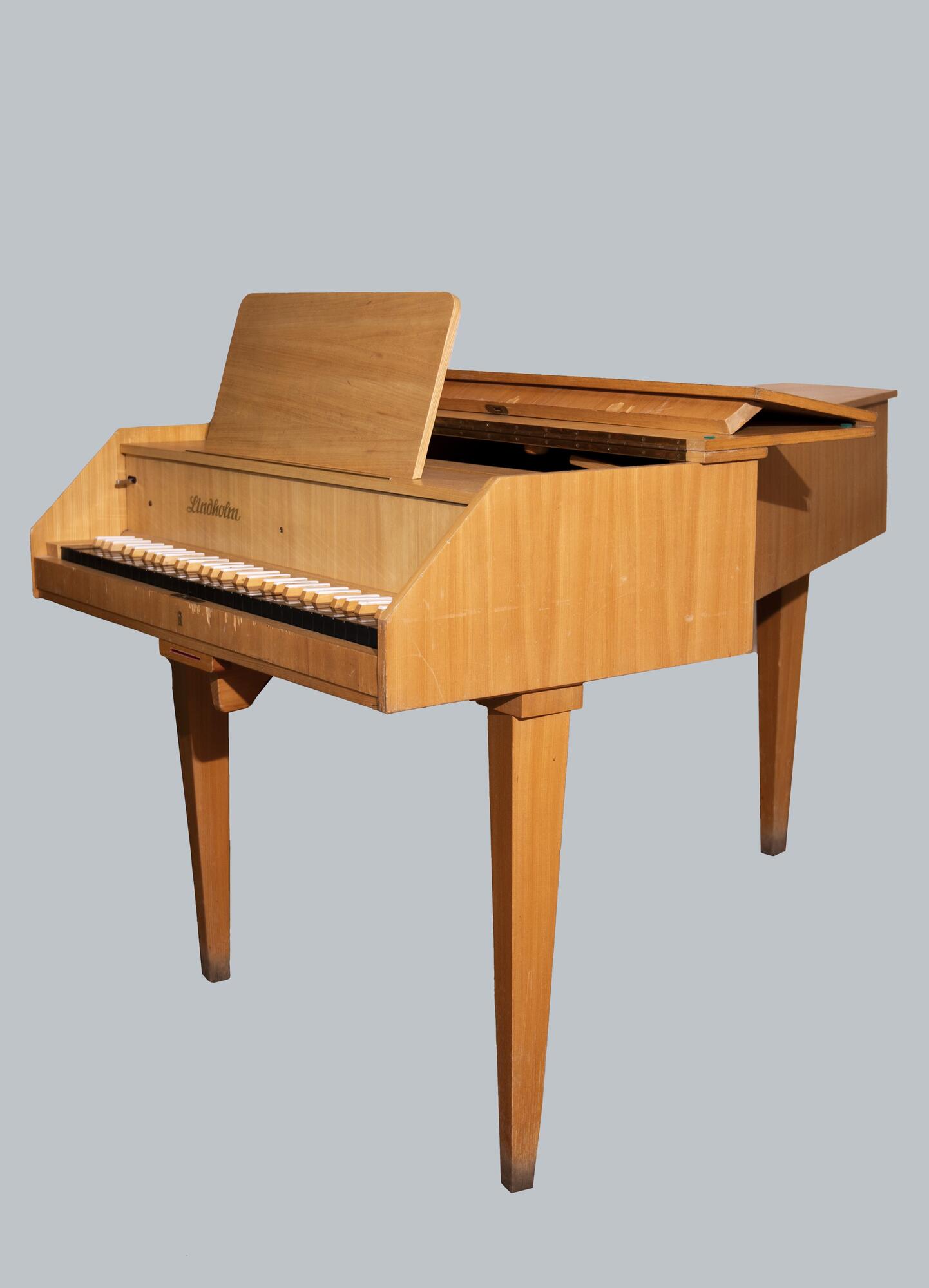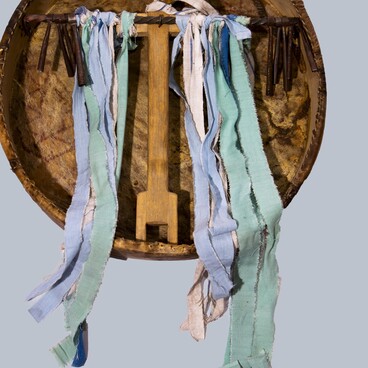In different countries, the harpsichord was known under different names. It was called the “virginal” in England, “cembalo” in Italy, “Kielflügel” in Germany, and “klavesin” in Russia.
The harpsichord was first mentioned in literature in the 14th century, in Giovanni Boccaccio’s “Decameron”. The instrument’s earliest image is found in the altar painting of the Minden Cathedral (1425). No 15th-century instruments have survived to this day.
The 16th–17th centuries were marked by the flowering of harpsichord music. Famous harpsichord makers included the Ruckers family in Flanders (who started using elongated strings, giving their instruments a deep timbre), the Blanchet family and Pascal Taskin in France, and the Shudy and Kirkman firms in 18th-century England. In the 18th century, the instrument gradually fell out of fashion, unable to compete with the piano. However, it experienced a revival a century later. This was largely due to the English instrument maker Arnold Dolmetsch and the French firms — Pleyel and Érard.
The harpsichord’s strings run horizontally, parallel to the keyboard. Each key is connected to the jack with a plectrum fixed in its upper part. When a key is pressed, the plectrum plucks the corresponding string, producing a bright, plucked sound.
Each key is connected to two strings tuned to the same pitch: one is forte and the other is piano. The player can select one choir or the other or pluck two strings at once. By using a felt or leather damper and dampening the vibration of the strings, it is possible to imitate the sound of a plucked lute and produce a nasal sound quality.
The range of the instrument gradually increased: in the 15th century, it included three octaves, in the 16th century — four, and in the 18th century — five, as is the case with this instrument.
The displayed harpsichord was produced by Lindholm, a legendary German firm founded by Olof Lindholm in 1894 to produce reed organs. In 1972, after the company was transformed into a publicly owned enterprise (Volkseigener Betrieb), it began to produce harpsichords and export them to many countries, including the USSR.
After being used on stage for many years, the
harpsichord fell into disrepair. It was given a second life by Nikolay Zhiba,
an Altai musical instrument maker, restorer, and tuner. The restored harpsichord
was donated to the museum and is now played at various museum events.



